- Car
- Bond (0 offers)
Bond Classic Cars for Sale
Bond stands for ingenious British microcar engineering—three- and four-wheelers built for a postwar world hungry for affordable mobility. Distinctive, lightweight construction, innovative solutions for licensing and taxation, and surprisingly agile handling make every Bond a true character. These cars are a must-discover for enthusiasts of unique British motoring history.
Search results
Currently, there are no matching listings for your search.
Create search alert
Let yourself be notified as soon as a listing is published that matches your search filters.
Bond listing references from Classic Trader
Below you will find listings related to your search that are no longer available on Classic Trader. Use this information to gain insight into availability, value trends, and current pricing for a "Bond" to make a more informed purchasing decision.

1983 | Bond Equipe 2 Litre
Bond Equipe 6 Convertible

1972 | Bond Bug
1972 Bond Bug 850ES

1973 | Bond Bug
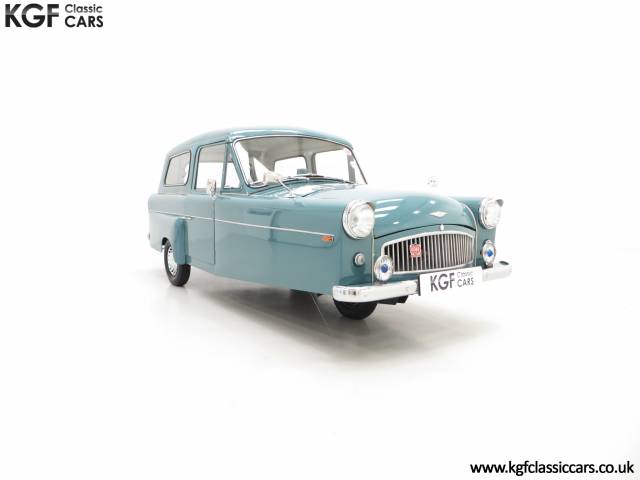
1966 | Bond Minicar 250 G Estate
A Professionally Restored and Owner’s Club Known Bond Minicar 250 G Estate
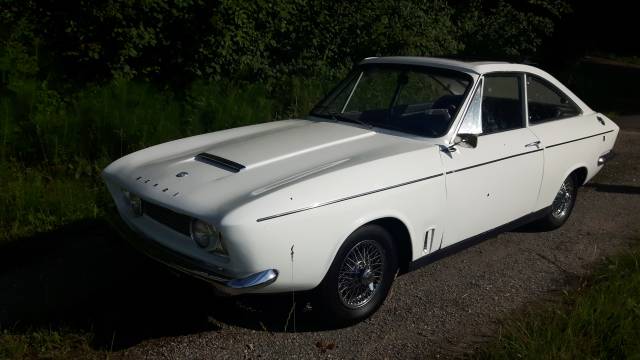
1969 | Bond Equipe 2 Litre GT
Seltener Englischer Sportwagen
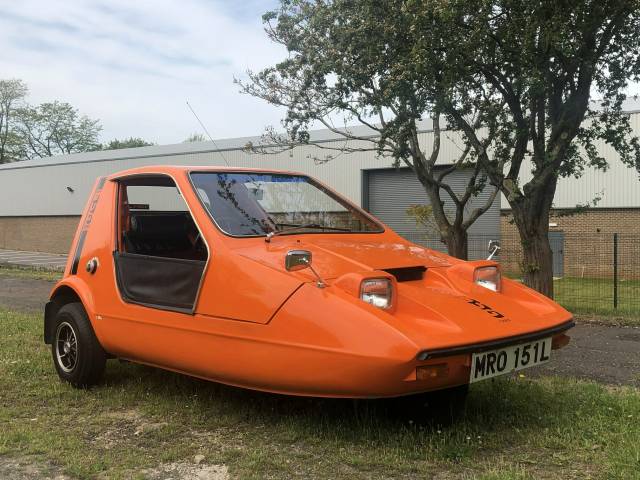
1973 | Bond Bug
1973 Bond Bug 700. MOT April 2020 With No Advisories
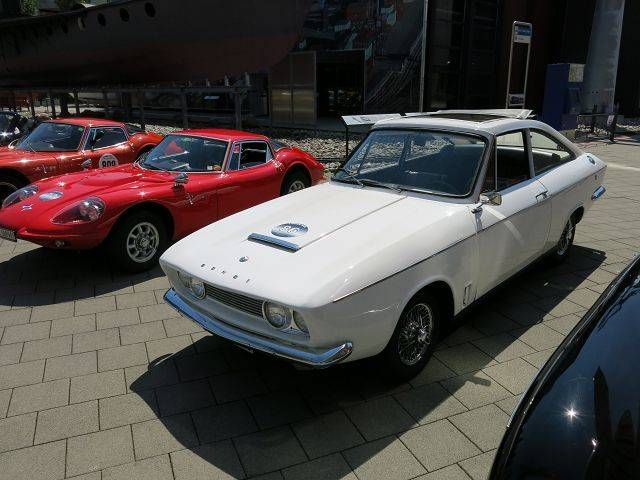
1969 | Bond Equipe 2 Litre GT
Extrem seltenes von Trevor Fiore gestaltetes Fastback-Coupe

1971 | Bond Bug
1971 BOND BUG 700. Only 2,000 Miles In The Last Ten Years. Fresh MOT Upon Sale
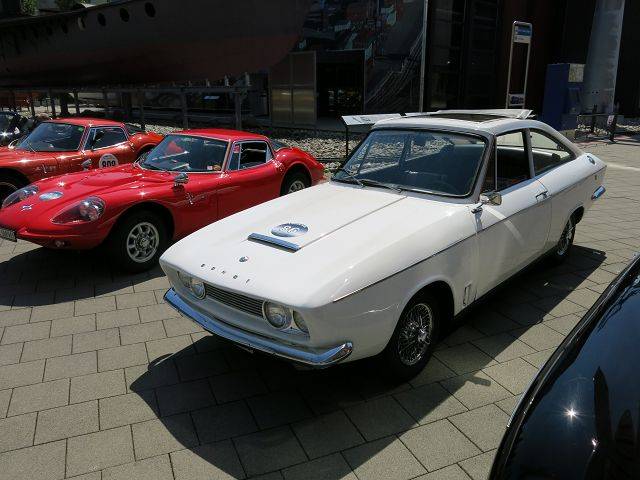
1969 | Bond Equipe 2 Litre GT
Create search alert
Let yourself be notified as soon as a listing is published that matches your search filters.
History of Bond – The British Microcar Innovator
Founded in Preston in 1948 by Lawrie Bond as Sharps Commercials Ltd, the company initially focused on three-wheeled vehicles. Light materials like aluminium and later fibreglass were used to keep weight down, catering to British tax laws that favoured three-wheelers and drivers with motorcycle licences. The original Minicar Mark A, launched in 1949, became a symbol of postwar ingenuity and thrifty transport. Throughout the fifties and sixties, progressive improvements were made—the Mark G became the ultimate Minicar variant. In 1963, the firm rebranded as Bond Cars Ltd, rolling out its first four-wheeler, the Equipe. After Reliant took over operations in 1970, Bond models like the Bug continued under their badge until 1974, when the Preston plant finally closed.
Model History – Three Wheels, Then Four
Bond’s heart lies in its three-wheeled Minicar series, built from 1949 to 1966 in numerous versions—estate, van, convertible—each powered by progressively refined Villiers motorcycle engines. The Mark G, produced until 1966, included technical innovations like a reverse-capable dynastart system. In the sixties, the range expanded with the Bond Equipe, a glassfibre-bodied four-wheeler using Triumph Herald and later Vitesse mechanicals, even offering a convertible (cabriolet) in 1968. The Bond 875 (1965–1970), a squarer take on the microcar formula, spawned the headline-grabbing Bond Bug (1970–1974) under Reliant’s ownership: a wedge-shaped, rear-wheel-drive three-wheeler, always painted in vivid orange and remembered as a seventies pop culture statement.
Highlights and Unique Features
Bond is synonymous with British microcar elegance—a result of lightweight bodywork (aluminium and fibreglass), remarkable compactness, and a tight 90-degree steering lock that enables U-turns on the spot. Practical details abound: van-style rear doors, removable or folding back seats, and original fixtures like self-parking wipers, Lucas headlamps, and Bakelite dashboard switches. Technical solutions, like the handlebar-style dashboard shifter and the reverse-running dynastart, are unmatched by other microcars. Inside, expect quirky bench seats in period-correct vinyl, padded dashboards, and distinctive accessories, including period-correct badges, bespoke exterior trim, and often dealer-fitted options like twin mirrors or extra spotlights.
Technical Data
Special Editions and Collectible Models
The final Bond Minicar Mark G 'New Line' estate is especially prized—often the last of the owner-registered three-wheelers and the platform for many surviving microcar events. The Bond Bug, particularly early Tamworth-built cars, stands out for its Tom Karen-designed wedge body and highly original orange livery. Highly documented cars with provenance, original badges, and club recognition attract special interest, especially if supplied with period literature and accessories.
Engine, Performance, and Handling
Bond minicars are motorbike-powered, ultra-light, and remarkably nimble thanks to their 90-degree steering arrangement. The later Mark G delivers 14.6 hp from its 250 cc twin-cylinder engine—plenty for urban and B-road speeds of the era, if not motorway pace. Four-speed manual gearboxes, rear-hinged estate doors, and direct steering mean a hands-on driving experience, while hydraulic brakes offer period-typical stopping. The forty-five-kilo engine and minimalist controls reward careful maintenance and a taste for mechanical engagement. The Equipe, with its Triumph underpinnings, delivered a sportier ride and more robust performance, especially in the two-litre Vitesse iteration. The Bug, despite its fun looks, could reach 75 mph from its 700 cc rear engine, thanks to its ultra-lightweight body. Notable models: Bond Minicar Mark G Estate (last evolution of the microcar), Bond Equipe Mark II (four-cylinder Triumph performance, glassfibre body), Bond Bug (rear-drive, orange wedge, with up to 75 mph from a 700 cc Reliant engine).
Interior, Comfort, Exterior and Design
The Bond design formula combines practical microcar elements with quirky British flair. Aluminium and fibreglass bodies not only reduce weight, but give each Bond a distinct shape—especially notable in the minicar’s rounded nose and the Bug’s sharply wedged profile. Interiors often feature matched vinyl seats and trims, three-spoke safety steering wheels, and distinctive Bakelite switches. Dashboard lighting, electric starter, original badges, and accessories like leather bonnet straps and external mirrors reflect the creativity of British cottage car builders. Special paintwork, sometimes borrowed from other brands such as Ford Shark Blue, plus chrome highlights, make each Bond a conversation starter. Unique access features—like side-hinged roofs (Bug) or practical estate backs—emphasise functionality above all.
Other Bond Features
Bond’s engineering creativity extended to related products: scooters, trailers, water skis (Bond Power Ski), and travel gear. Survivors often come with an impressive archive of period documents, manuals, and club support, helping new owners confidently maintain and enjoy these truly individual British classics.
Summary – The Individualist’s British Classic
Bond vehicles are a treat for enthusiasts of unconventional engineering, blending tax-friendly microcar design with ingenious British solutions to licensing and driving challenges. Their light weight, nimble handling, and characterful design set them apart from mainstream classics, and today’s club support ensures access to advice and camaraderie. With supply dominated by the memorable Bug and Equipe, and strong interest in early minicars, Bond’s legacy remains a vibrant part of classic British motoring culture.